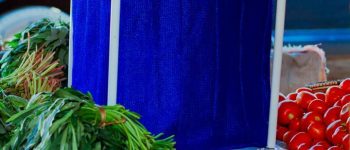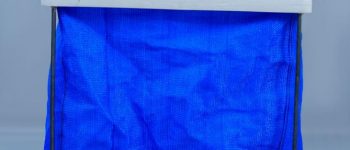The project focuses on reducing post-harvest vegetable loss in Tanzania, where approximately 40% of produce is wasted each year, resulting in over $100 million in losses. By implementing smart fabric technology, we can extend the shelf life of vegetables by up to three times, reducing spoilage and waste.
Our approach will target 1,000 farmers in the first year, aiming to reduce their post-harvest losses by 50%. This will translate to a potential savings of $2 million for these farmers annually. The project will also improve food security by ensuring that more produce reaches consumers, benefiting 5,000 vendors, particularly women, who will see a 30% increase in income due to reduced losses.
Through this technology, we expect to prevent over 2,000 tons of vegetables from going to waste in the first year, contributing to a 10% reduction in the environmental footprint of vegetable production in the region. By scaling this solution, we aim to support 10,000 farmers and vendors across Tanzania within five years, significantly impacting both the economy and the environment.
Post-harvest vegetable loss is a major challenge in Tanzania, with an estimated 40% of vegetables wasted annually due to poor storage and transportation. This loss amounts to over $100 million in financial setbacks for farmers each year, disproportionately affecting women vendors, who make up a significant portion of the market. The lack of proper storage facilities leads to rapid spoilage, reducing the income of farmers and contributing to food insecurity.
Our approach uses smart fabric technology, which mimics the human body's cooling system to extend the shelf life of vegetables by up to three times. This technology reduces spoilage, cuts waste, and helps preserve the quality of produce, benefiting farmers and vendors by improving their profitability and promoting sustainability. By offering affordable, eco-friendly solutions, we aim to decrease post-harvest loss, increase food availability, and create a more sustainable agricultural system.
Farmers – Direct beneficiaries, reducing losses and increasing income.
Women Vendors – Increased sales and reduced spoilage.
Local Communities – Improved food security and economic conditions.
Technology Partners – Providers of the smart fabric technology.
Agricultural Associations – Promote and scale the solution.
Government – Supports agricultural policies and food security.
NGOs & Development Organizations – Partners like Heifer International.



